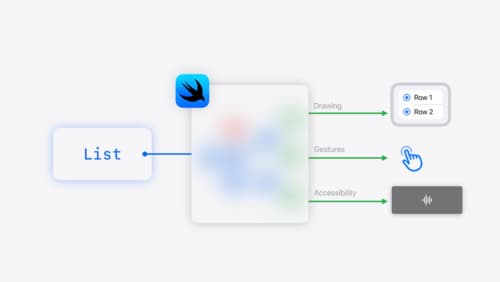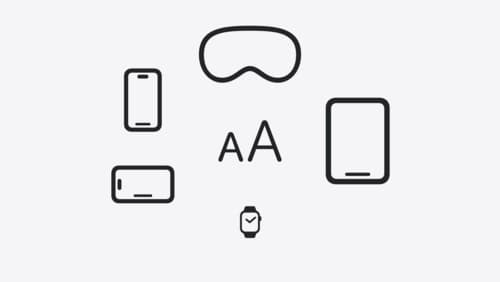swift layout
Asked on 2024-08-13
1 search
SwiftUI offers a robust set of tools for creating layouts and user interfaces across Apple platforms. It provides both high-level and low-level APIs, allowing developers to create custom layouts and control styles. SwiftUI's declarative nature means you describe the UI you want, and it handles the details, such as adaptivity for dark mode and dynamic type.
For those interested in creating unique custom experiences, SwiftUI allows for the use of canvas for high-performance drawing and even custom Metal shaders. This flexibility is demonstrated in the creation of custom layouts, such as a classic flipboard-style scoreboard using animations and graphics tricks.
SwiftUI also integrates seamlessly with other Apple frameworks like UIKit and AppKit, allowing for interoperability and the ability to use SwiftUI views within these frameworks. This integration is crucial for developers who want to leverage existing codebases while adopting SwiftUI incrementally.
For more detailed insights into SwiftUI's capabilities, you can refer to the session SwiftUI essentials (15:57) which covers topics like creating custom layouts and using low-level tools for unique experiences. Additionally, the session Platforms State of the Union (35:23) discusses the integration of SwiftUI with Apple's frameworks and its role in enhancing productivity and expressivity in app development.

SwiftUI essentials
Join us on a tour of SwiftUI, Apple’s declarative user interface framework. Learn essential concepts for building apps in SwiftUI, like views, state variables, and layout. Discover the breadth of APIs for building fully featured experiences and crafting unique custom components. Whether you’re brand new to SwiftUI or an experienced developer, you’ll learn how to take advantage of what SwiftUI has to offer when building great apps.

Platforms State of the Union
Discover the newest advancements on Apple platforms.

Get started with Dynamic Type
Dynamic Type lets people choose their preferred text size across the system and all of their apps. To help you get started supporting Dynamic Type, we’ll cover the fundamentals: How it works, how to find issues with scaling text in your app, and how to take practical steps using SwiftUI and UIKit to create a great Dynamic Type experience. We’ll also show how you can best use the Large Content Viewer to make navigation controls accessible to everyone.
